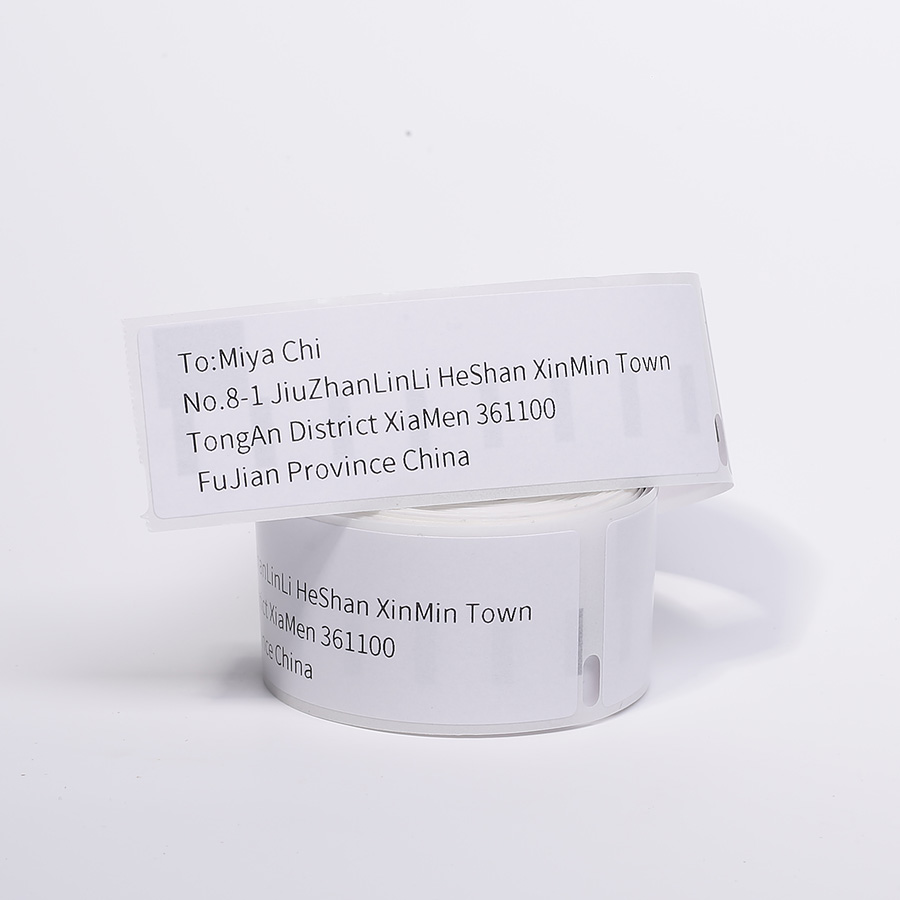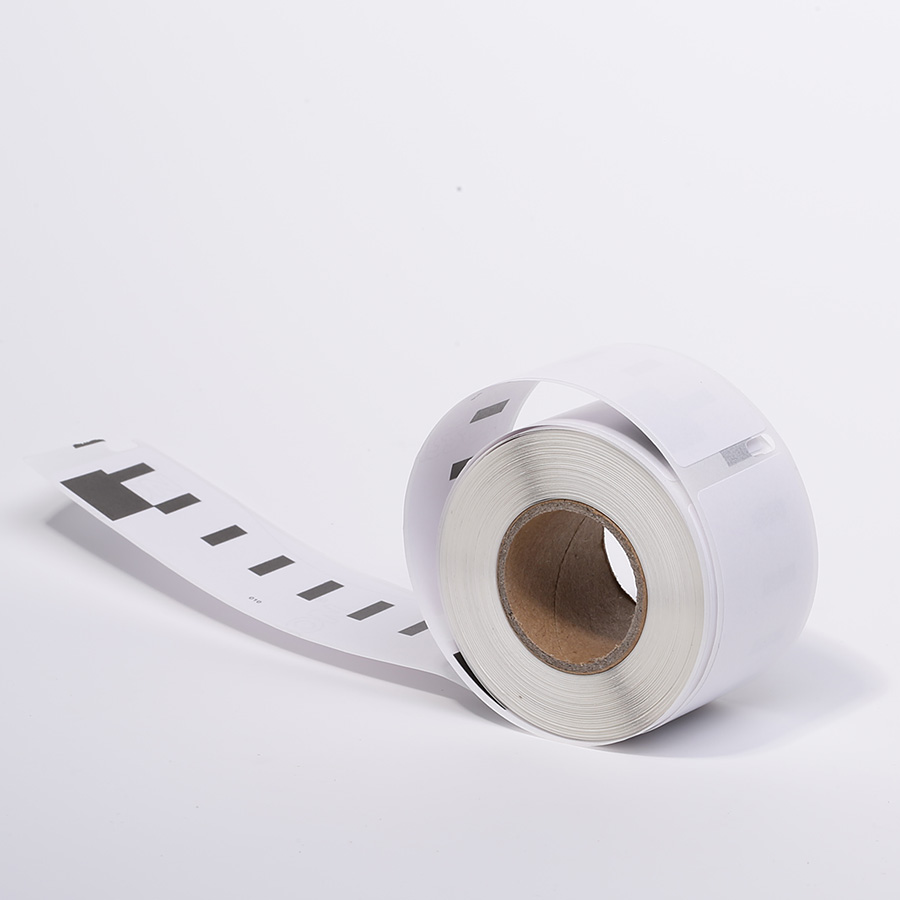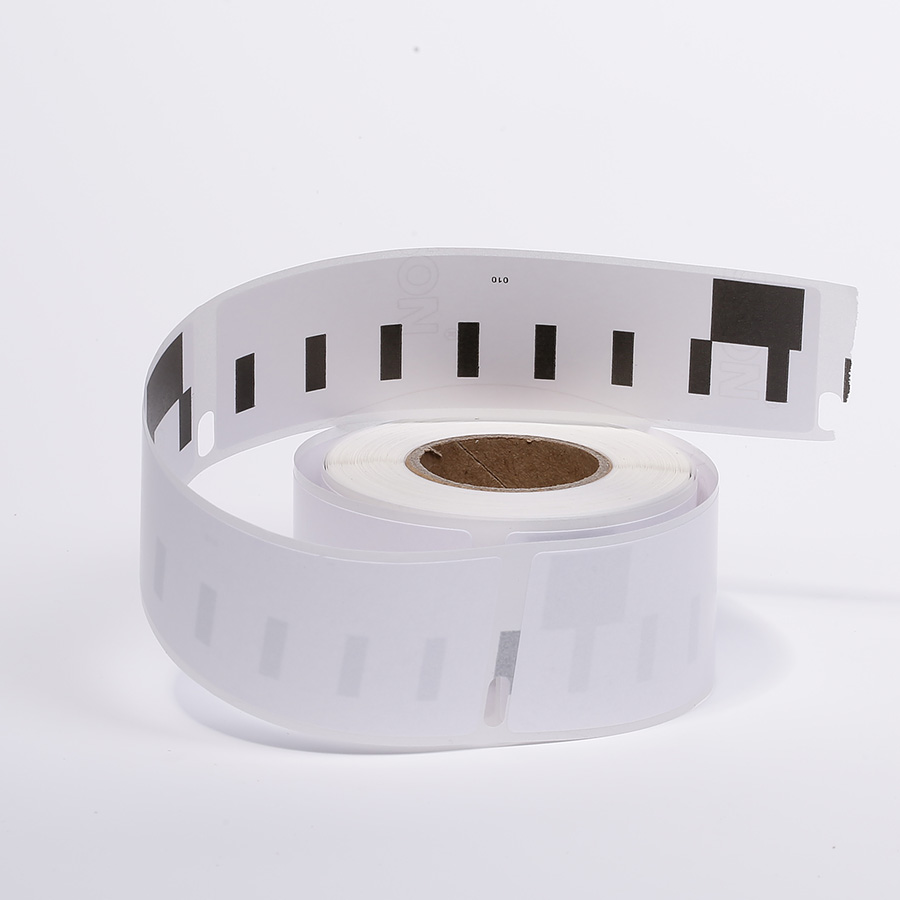How Do You Label a Package?
Labeling a package correctly is crucial to ensure it reaches its destination safely and efficiently.
Here’s a step-by-step guide to help you label your package:
Gather Information:
.Recipient's Name and Address: Full name, street address, city, state, ZIP code, and country.
.Sender's Name and Address: Your full name, street address, city, state, ZIP code, and country.
.Return Address: Include a return address in case the package cannot be delivered.
Choose a Label:
.Shipping Label: Use a standard shipping label that is large enough to fit all the necessary information.
.Label Material: Ensure the label is durable and weather-resistant, especially for outdoor or long-distance shipping.
Fill Out the Label:
.Recipient Information: Write or print the recipient's name and address clearly in the center of the label.
.Sender Information: Place the sender's name and address in the top left corner of the label.
.Return Address: Optionally, place the return address on the back of the package or on the front in a different area.
Add Additional Information:
.Service Type: Indicate the type of service (e.g., Priority Mail, First-Class).
.Tracking Number: Include the tracking number if available.
.Special Instructions: Add any special instructions (e.g., "Fragile," "Handle with Care").
Attach the Label:
.Secure Attachment: Affix the label to the top of the package, ensuring it is flat and not wrinkled.
.Multiple Labels: If using multiple labels (e.g., return address, handling instructions), place them in different areas to avoid overlap.
Seal the Package:
.Tape the Label: Use clear tape to secure the label and protect it from moisture or damage.
.Check for Clarity: Ensure all information is visible and legible.

What Does Label Mean on a Package?
A label on a package is a tag or sticker that provides essential information about the item being shipped.
This information typically includes:
Recipient's Name and Address:
Helps the carrier deliver the package to the correct location.
Sender's Name and Address:
Allows the carrier to return the package if it cannot be delivered.
Return Address:
Ensures the package can be returned to the sender if necessary.
Service Type:
Indicates the type of shipping service (e.g., Priority Mail, First-Class).
Tracking Number:
Provides a unique identifier for tracking the package.
Special Instructions:
Includes any handling instructions (e.g., "Fragile," "This Side Up").

Can I Label My Own Package?
Yes, you can label your own package.
In fact, labeling your own package is a common practice and can save you time and money.
Here are some tips to ensure your label is effective:
Use Clear and Legible Writing:
Ensure all information is written or printed clearly and legibly.
Use Durable Materials:
Choose a label material that is weather-resistant and durable.
Follow Carrier Guidelines:
Adhere to the guidelines provided by the carrier (e.g., USPS, UPS, FedEx) to ensure your package is processed correctly.
Double-Check Information:
Verify all information before attaching the label to avoid errors.

Will the USPS Label My Package?
The USPS does not physically label your package for you,
but they provide several tools and services to help you create and print your own labels:
Click-N-Ship:
This online tool allows you to create and print shipping labels from your computer or mobile device.
You can access Click-N-Ship through the USPS website or mobile app.
USPS.com:
Visit the USPS website to generate and print shipping labels for various services, including Priority Mail, First-Class, and more.
Mobile App:
The USPS mobile app provides a convenient way to create and print shipping labels on the go.
These tools are free to use, and you only pay for the cost of shipping and the label stock.
By using these resources, you can easily create and print high-quality shipping labels for your packages.
By understanding how to label a package, the meaning of a label on a package,
the option to label your own package, and the resources provided by the USPS,
you can ensure that your packages are properly addressed and delivered efficiently.
 +86 13306035080
+86 13306035080 Skype: labelpaper
Skype: labelpaper WhatsAPP: +86 13599530155
WhatsAPP: +86 13599530155 order@yesnlabels.com | sales@yesnlabels.com
order@yesnlabels.com | sales@yesnlabels.com


 No.8-1 JiuZhanLinLi HeShan XinMin Town TongAn District XiaMen 361100 China
No.8-1 JiuZhanLinLi HeShan XinMin Town TongAn District XiaMen 361100 China Phone+86 13306035080
Phone+86 13306035080 AddressNo.8-1 JiuZhanLinLi HeShan XinMin Town TongAn District XiaMen 361100 China
AddressNo.8-1 JiuZhanLinLi HeShan XinMin Town TongAn District XiaMen 361100 China E-amil
E-amil

